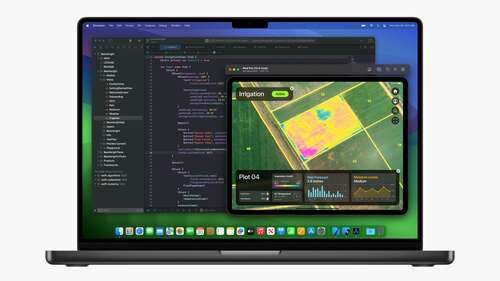It hasn’t even been a year since Apple announced its M2-based range of MacBook Pro computers. Those laptops came with the M2 Pro and M2 Max chips, which brought changes such as vastly better performance and the ability to put a whopping 96GB of RAM. But in case you haven’t heard, M2 is old news now. We have a whole range of M3 chips now, and with them, Apple also announced the next-gen MacBook Pro laptops.
Apple has just unveiled the new 14-inch and 16-inch MacBook Pros, which are equipped with your choice of an M3, an M3 Pro, or an M3 Max. That base M3 model serves as a replacement for the 13-inch MacBook Pro, which was last updated with an M2 chip. That laptop used an older hardware design, and its replacement marks the end of the Touch Bar on Mac laptops. The new M3 option is also why the new MacBook Pros start at $1,599, unlike the M2 variants, which started at $1,999 for the M2 Pro base model.
As for the laptops themselves, they look pretty similar to the previous M2-equipped models. The laptops have a notched Liquid Retina XDR display, the same selection of ports on the sides, and the same overall size and build. The only thing that’s changing, really, is the internals. The new M3 chips have a faster CPU, a vastly better GPU with improvements such as real-time ray tracing, and some other helpful upgrades. If you were sitting on buying the M2 MacBook Pro, the M3 models are basically the same computers, except just faster and more capable. The top 16-inch MacBook Pro can be equipped with a whopping 128GB of RAM and 8TB of storage, making for a very capable power station that you can take with you anywhere.
The MacBook Pro is now available for pre-order, with the base 14-inch model with an M3 chip starting at $1,599 and the base 16-inch model with an M3 Pro chip starting at $2,499. The 14-inch model is available in Space Gray and Silver, while the 16-inch model is available in Silver and a brand-new Space Black colorway, which Apple promises is not a fingerprint magnet.
Source: Apple


